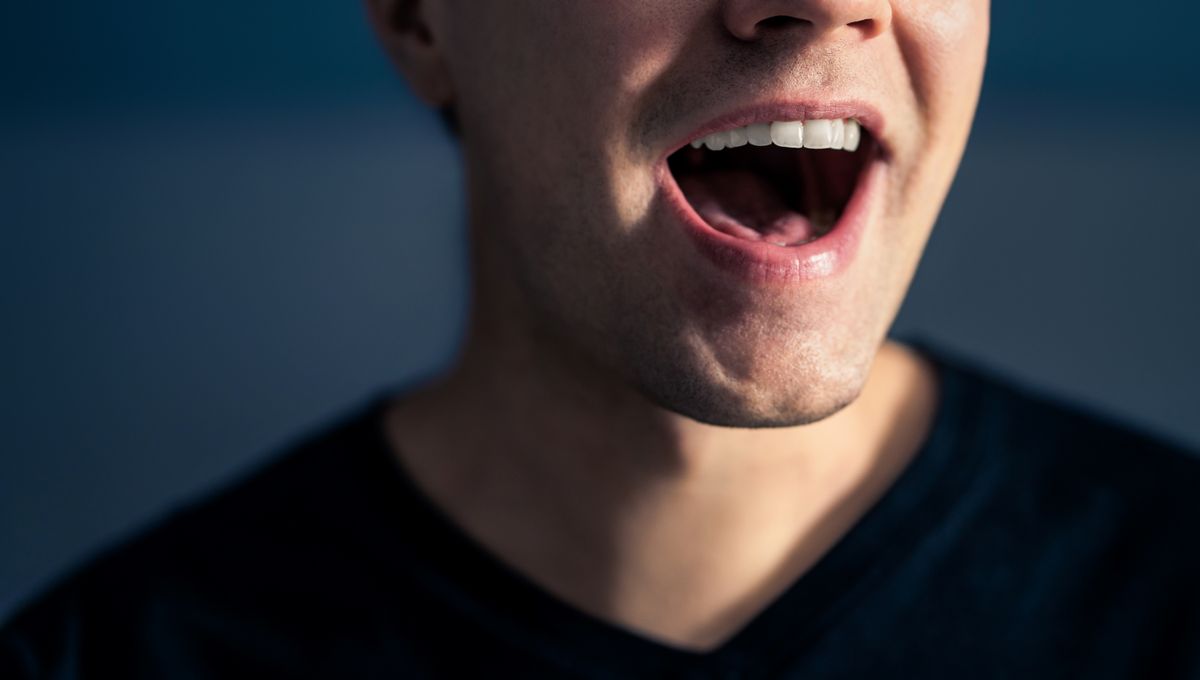
It could be said that you hadn’t had a decent high school Spanish lesson unless you spent half of it wearing out your tongue attempting to roll your rs, eventually consigning yourself to never being able to pronounce rojo properly. But we come bearing good news – it turns out you can actually learn to roll your rs.
ADVERTISEMENT GO AD FREE
If you don’t know what we mean by rolling your rs, it’s that trill sound that’s made in some languages – like Spanish, but also Italian and Arabic, among others – when pronouncing some words with an “r” in them. It almost sounds like someone briefly has a tiny jackhammer going off in their mouth.
The technical term for this sound is the voiced alveolar trill, called as such because the placement of the sound within the mouth is near the alveolar ridge – that’s the hard bit just behind your top front teeth. The sound comes when the tip of the tongue is on the ridge and air is pushed through, causing the tongue to vibrate.
Are some people destined to roll their rs?
After making an array of disturbing noises to no avail, it might’ve felt like rolling your rs was something that some people just had an innate ability to do, while others were condemned to a life of regular, boring r sounds.
However, despite how it might seem, there’s no evidence to indicate that there’s some sort of in-built basis to being able to roll your rs. Sure, some people might have tiny differences in their mouth anatomy that make it marginally easier, but it’s unlikely to make a lot of difference.
ADVERTISEMENT GO AD FREE
If it was innate, it’d be fair to assume that those native to speaking languages where the rolled r is present would start doing it early on in their speech development – they’d just whack out a trill in amongst the rest of the baby babble.
That doesn’t appear to be the case, however. In a paper presented at the 18th International Congress of Phonetic Sciences, researchers found that in children speaking Croatian, acquiring the ability to do an alveolar trill pops up most often around the age of 5 years old (though it did appear as early as 3 in some children).
Can you learn how to roll your rs?
In the same way that practice can help with other parts of speech development, so too can it help with perfecting the alveolar trill – but how do you go about it?
ADVERTISEMENT GO AD FREE
According to MCIS Language Solutions, a key element is relaxing your tongue. “During the pronunciation, your tongue should stay motionless and let exhaled air to force the tip of the tongue into vibration,” they explain.
“While the muscles on the bottom half of the tongue need to provide enough support to make sure it touches the hard palate and creates the “tapping” movement, the muscles on the tip of the tongue have to be able to completely relax, and thus allow the vibration. When the muscles are stiff, oral air circulation won’t be powerful enough to force the tongue into motions.”
There are various exercises that can be carried out to help the tongue stay relaxed, including lying down flat, but the most important part of learning how to roll your rs is practice – and plenty of it.
Source Link: Can You Roll Your Rs? If Not, You Might Be Able To Learn